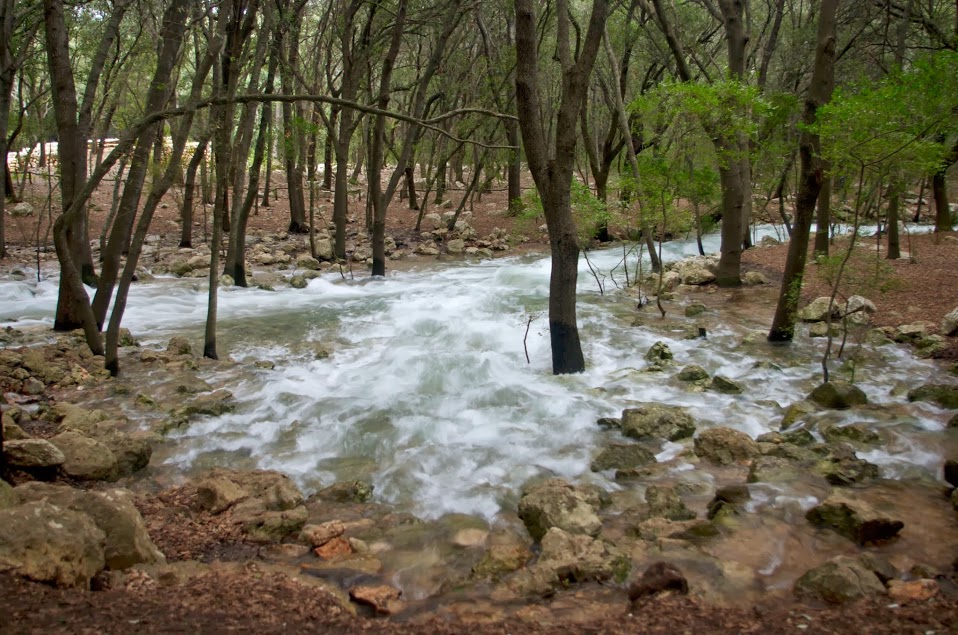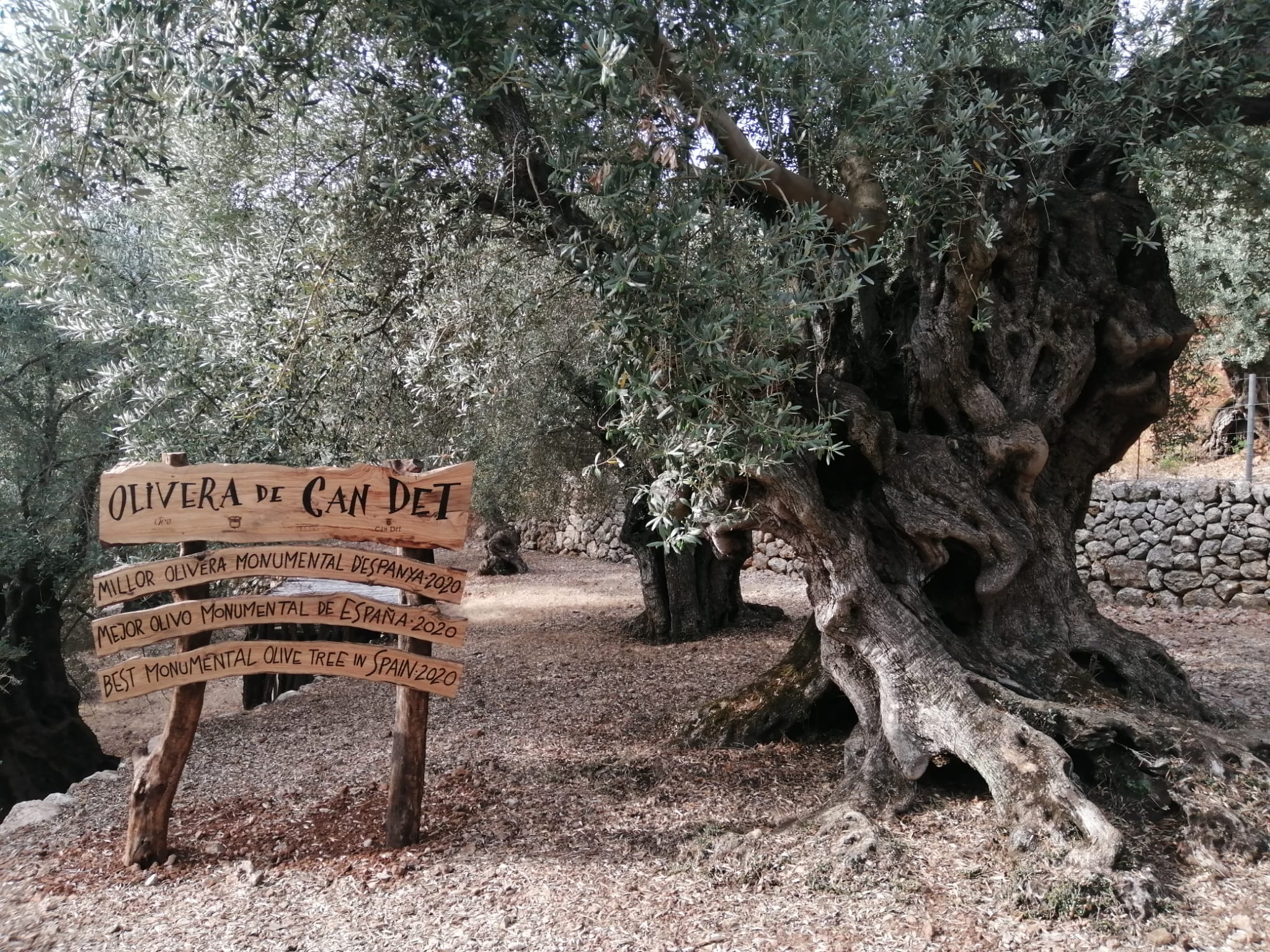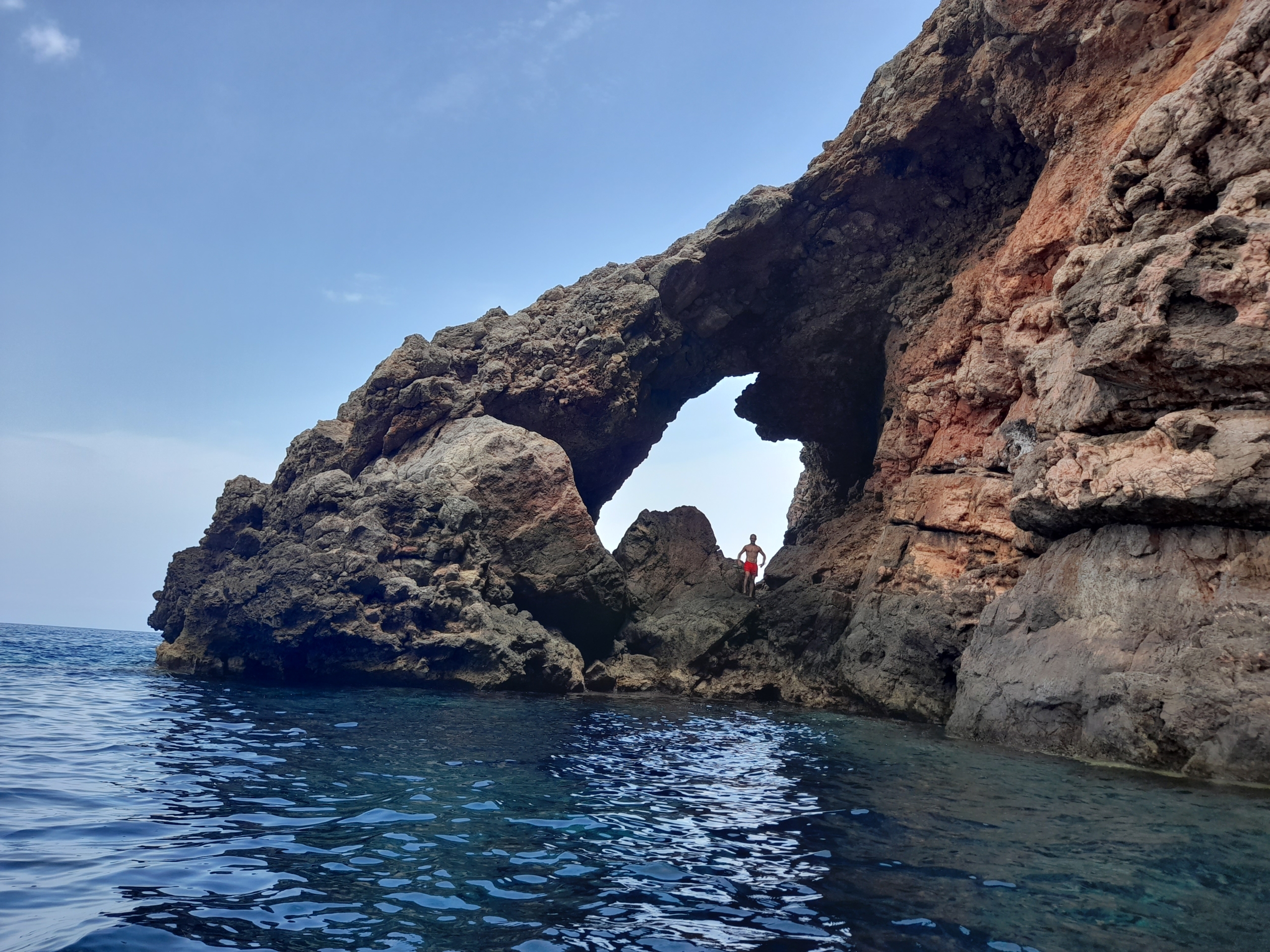October 2023. Mallorca offers much more than sea, sun and sand and autumn/winter is the time when the island’s natural magic really comes to the surface. Mallorca has some unique natural spots where visitors can contemplate the beauty of nature from the mountainous heights of the Sierra Tramuntana to the lesser-known and less frequented beaches and coves. Sometimes nature can surprise us with unique phenomena that cannot be seen anywhere else – most of which appear at this time.
The Fonts Ufanes
In the middle of a forest near Campanet, at the foot of the Serra de Tramuntana, a magical event occurs when large quantities of water emanate from the ground and the bubbling water makes its way through the trees. This scene looks like something out of a fairy-elf myth, but it has a logical explanation. The hydrological phenomenon occurs after several days of heavy rainfall. When the aquifer that accumulates the rain in the area overflows, the Fonts Ufanes spring up spontaneously. This route also makes a beautiful excursion whatever the weather: https://www.illesbalears.travel/tourist-resource/en/mallorca/natural-monument-fonts-ufanes
 Picture by Toni Guasp
Picture by Toni Guasp
Where the stars shine brightest
Mallorca now has its first Starlight Star Park, a place with little light pollution for star gazing on a clear night. The Finca Son Bi, and its Son Bí Astronomy Centre, is located near Llucmajor and offers observation, educational and cultural activities when “astronomical events” such as eclipses of the moon and sun, meteor showers, etc. occur. The next meteor showers that can be seen through the Son Bi telescope are: The Orionids on the 21st and 22nd of October; the Leonids on the nights of the 17th and 18th of November; and the Geminids on the nights of the 13th, 14th, and 15th of December: https://www.fincasonbi.com/
Walk above Palma Cathedral
Another place that brings visitors a little closer to the “heavens” is Palma’s famous cathedral, La Seu. Until the end of October visitors can climb more than 200 steps that lead up to the terraces of this magnificent Mediterranean Gothic Cathedral beside the sea.
The view from this height over the Bay of Palma and over the rooftops of the city is a unique experience. During the visit the visitor will pass by the Cathedral’s gigantic rose window (one of the largest in Europe), which is also responsible for another natural phenomenon: https://catedraldemallorca.org/en/visits/tours/
Palma Cathedral’s Festival of Light
Every year on the 11th of November and the 2nd of February, a natural light show takes place in the Cathedral La Seu de Mallorca, also known as the Cathedral of Light. At dawn, the sunlight passes through the 1,115 panes of glass of the main rose window of La Seu – one of the largest in Europe, known as the eye of the Gothic. Light is projected just below the rose window on the inner façade of the main portal. The angle of the sun shining through the glass creates an ephemeral figure of eight in multicoloured light.
https://www.youtube.com/watch?v=3YJ1v7A_Ts4
Mallorca’s ancient “witnesses”
If olive trees could talk their accounts of the island’s remarkable history would make great listening: centuries-old olive trees that have survived invasions, storms, and fashions. The best-known olive tree in Mallorca is one that dominates Plaza Cort, in front of Palma Town Halll and is estimated to be more than 600 years old.
Even older – probably more than 1,100 years old – is the “Millenary Olive Tree” of Can Det in the heart of the Serra Tramuntana. It was recognised as “Best Monumental Olive Tree in Spain” in 2020 by the Spanish Association of Olive Municipalities (AEMO) and is believed to have been planted by the Muslims in the 9th century. The Can Det olive tree is located within the estate’s olive grove and its fruit is STILL harvested every year to make Can Det olive oil: https://candet.es/en/. Walking along the paths and routes of the Serra de Tramuntana, you can find more wonderful olive trees: https://newsmallorca.com/en/discover-mallorcas-ancient-olive-oil-routes/

Special Rock Formations
The visitor can also discover other curiosities along the Mallorcan coastline such as Sa Foradada, on a peninsula of the Deià area which is distinguished by a hole visible from several points of the Serra Tramuntana and especially from the Mirador de Son Marroig, a popular viewing point – especially at sunset.
Less well-known but equally special is another hollowed-out rock in the north of the island called Forat de Mallorca. The hole within the rock, which can only be seen from the sea, is exactly the outline shape of Mallorca. According to legend, the hole in the rock was created during a pirate attack in the 16th century.

Picture by Toni Gómez
Further press information / images: Dominique Carroll / Toni Gómez
Fomento del Turismo de Mallorca
Tel: + 34 971 725 396 (Mobile: + 34 669 49 77 22) E-mail: news@newsmallorca.com
Background: The Fomento del Turismo (known as the Mallorca Tourist Board) was founded in 1905 and is the longest established tourist board in Spain and possibly in the world. It was established with the objective of creating awareness of Mallorca as a destination and to study and implement how to promote the island to potential visitors. This institution, located in the centre of Palma, remains a private, independent, and non-profit making entity that is supported by members from throughout the island’s tourism sector.
